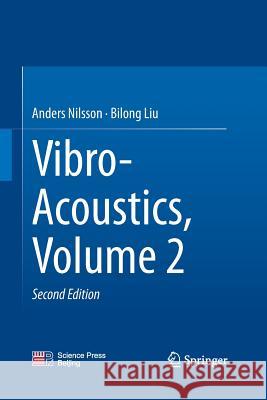Vibro-Acoustics, Volume 2 » książka
topmenu
Vibro-Acoustics, Volume 2
ISBN-13: 9783662516584 / Angielski / Miękka / 2016 / 452 str.
Kategorie BISAC:
Wydawca:
Springer
Język:
Angielski
ISBN-13:
9783662516584
Rok wydania:
2016
Wydanie:
Softcover Repri
Ilość stron:
452
Waga:
0.64 kg
Wymiary:
23.39 x 15.6 x 2.39
Oprawa:
Miękka
Wolumenów:
01
Dodatkowe informacje:
Wydanie ilustrowane











